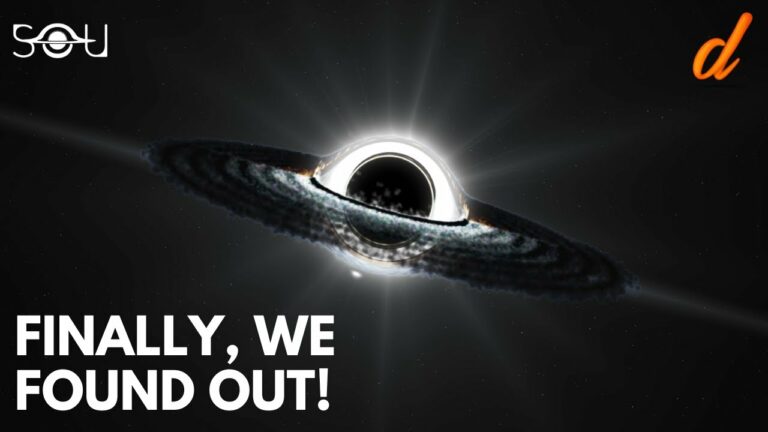BREAKING: Astronomers Solve an Exciting Black Hole Paradox
The universe was very different in its first few hundred million years. Gravity was just kicking in to clump together clouds of gas and dark matter. And the first generation of stars only rich in hydrogen and helium were beginning to form. But surprisingly, by now, some giant black holes having a mass of up a billion solar masses had somehow formed.
If we consider the traditional picture of black hole formation and growth, the extremely young universe, less than a billion years old, surely had not existed long enough to allow the black holes to bulk up to a billion solar masses in the usual way. And if our current black hole models are accurate, such massive black holes, or quasars, in particular, should not have formed in that era of the universe. But in reality, they did exist in the early universe.
So how did such massive black holes form in the baby universe? How did they gain such enormous mass in just a few million years? Finally, and most importantly, how does this change our current understanding of black hole formation?
Do not forget to share your opinion with us to provide you with the best posts !




0 Comments